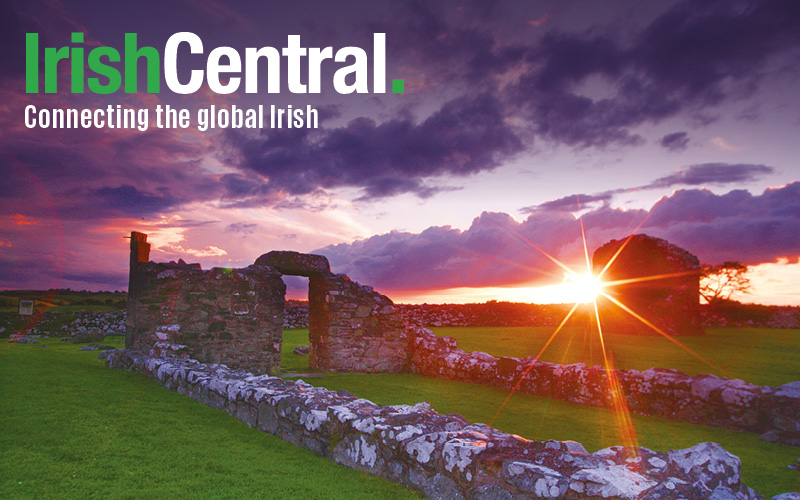The thousand-year-old image of the Celtic Knot, characterized by thick interlocking lines that looks like rope, has quickly become the most common tattoo for wide-eyed Irish-Americans.
NPR’s Ari Shapiro decided to look into the matter and talk to someone who would know best: a Dublin tattoo artist. Kevin McNamara of Dublin Ink tattoo parlor made it clear just how popular the Celtic Knots are.
"It would be a weird week in the shop if I didn't do at least, like 40," he explained, adding, "That's not a literal number, but yeah, it's nuts."
Kevin wasn’t shy about calling it like it is, saying that, “...they let you know that they're American, you know? You don't have to worry about that."
Kevin even went on to talk about how he was first able to make a living as a tattoo artist because of the high demand for Celtic Knots.
"The first couple months, or first couple years, that was how I made my money," he explained.
Shapiro also talked to a tattoo historian named Anna Felicity Friedman to confirm the birthplace of the Celtic knot tattoo.
Friedman explained that there is no record nor evidence of Celtic Tattooing and that tattooing is relatively new to Ireland as a whole. She guesses that the trend of Celtic Knot tattoos most likely started on America's West coast during the explosion of a style called “blackwork” in the 1970s and 1980s.
Frieden also explained how tattoos that mark heritage have always and will always be popular. The Celtic Knot tattoo has come to represent Irish heritage for those who choose to be loud and proud.
With the staggering number of people in America claiming Irish descent, it should be no surprise that the Celtic Knot tattoo can be spotted on people all over the U.S.




Comments